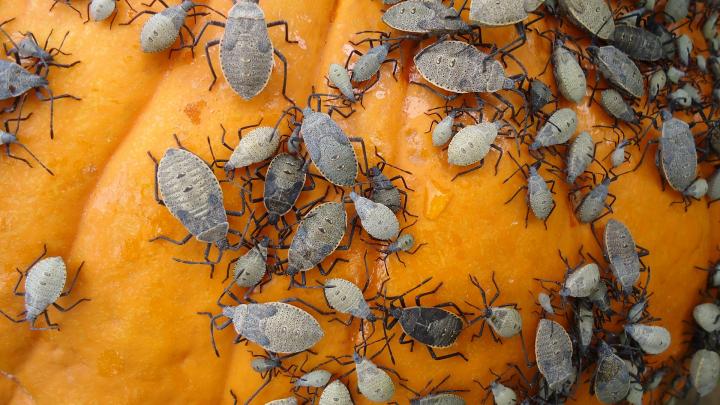
Tips and Tricks for Preventing Squash Bugs
ADVERTISEMENT
Very timely article. I used straw mulch on my zukes and I'm seeing what appear to be squash bugs on the plant, near the crown, for the first time today and picked them off. Should I remove the mulch to provide the bugs less cover and make them easier to find? Nasturtium seeds go in today.
Thanks.
There are different thoughts about mulch when it comes to squash bugs. The bugs do like to shelter in/under mulch (whether straw, plastic, cardboard, etc), however some experts say that the benefits (discouraging weeds, encouraging beneficial insects, conserving moisture, etc.) may outweigh the disadvantages. Also, some experts suggest that squash bugs tend to prefer the organic mulches, such as straw, over plastic etc., as the straw mulch can be cooler and moister. If you are seeing a lot of squash bugs, you might try removing the mulch to see if that reduces their numbers. Or, try a plastic mulch (especially a reflective type) to see if that might help.
A friend suggested painting the egg clusters with brush on white out to suffocate the eggs so they don't hatch. I've tried it this year and it seems to be working well!
Great tip!
wish it was where I could send an article from this site to family or post on Facebook
Why do roaches almost always die on their backs? The Almanac show publicly.
Cockroaches have a high center of gravity due to their long legs, so when they die, they tip over and have no way of righting themselves, especially on smooth surfaces.
Holes in all my growing spaghetti squash. I picked them all not rip yet. What bug is it? And should I throw them all out?
pull your plants just had a ton and insecticide won't touch them
Thank you for this article. I have many pumpkin and squash plants in my gardens and they're badly infested with these squash bugs. Last year, they destroyed all of my cucumbers, squashes and melons.
Should I just bail out on the rest of this year by harvesting the current produce and destroying the infected plants?
and if so, should I burn the plants or compost them. I always compost everything and during the frozen months of the last winter, one of my compost piles consistently maintained about 90 degrees Fahrenheit through subzero weather. In case they happen to like the warmth, I don't want to take a chance on the squash bugs breeding or overwintering in my composts awaiting my next crop.
Any advice is appreciated.
Thanks y'all.









